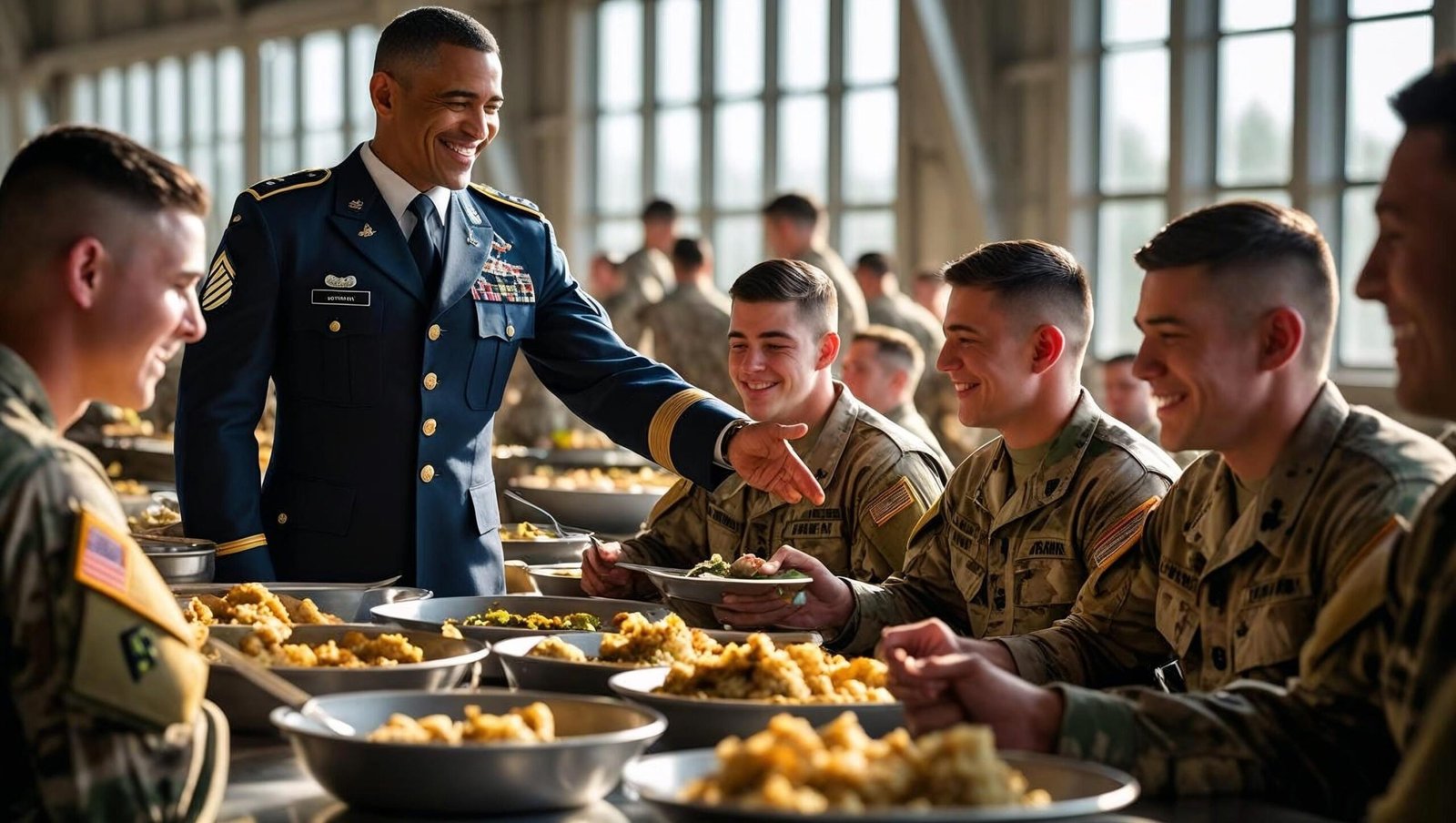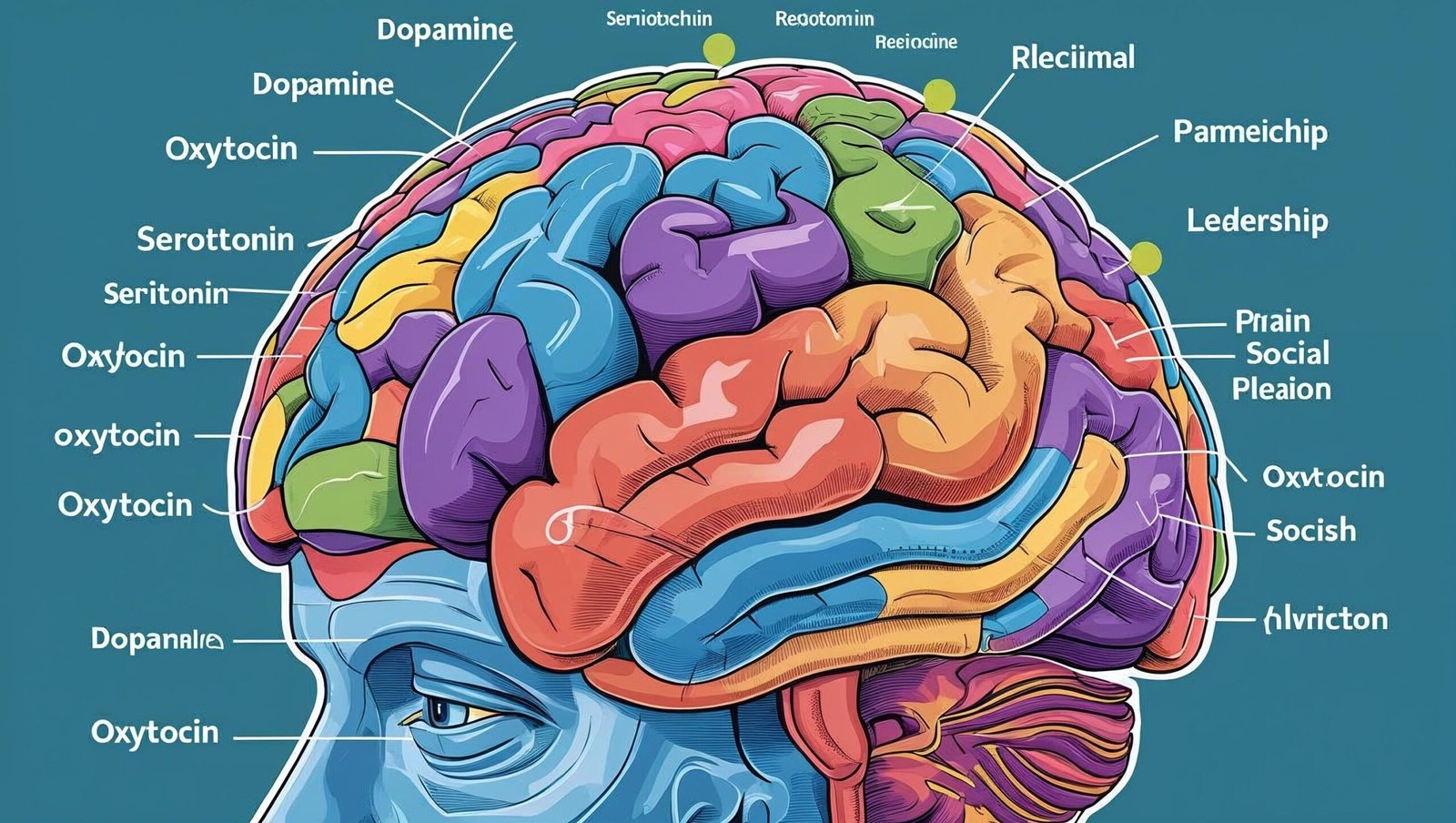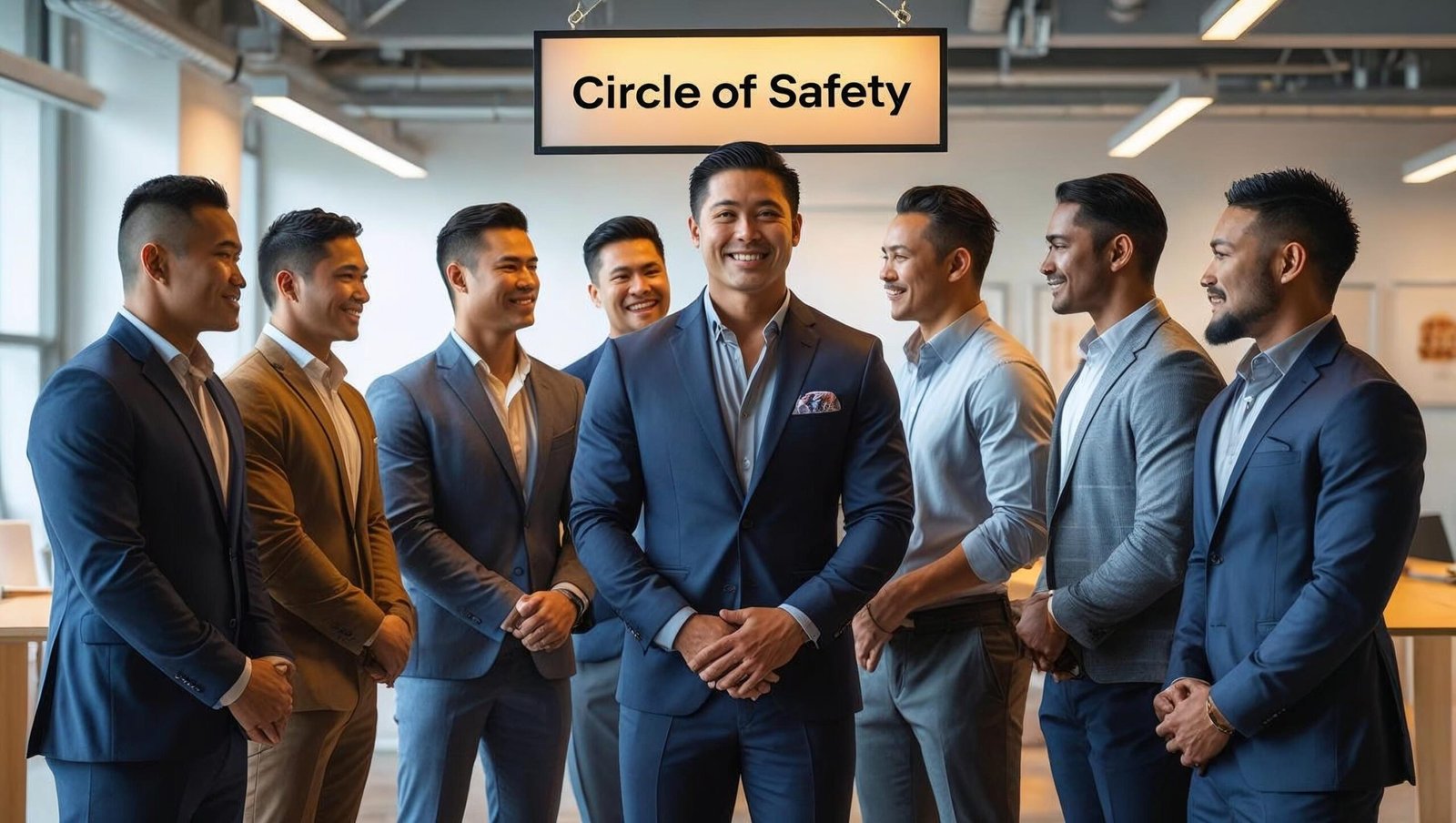Transformational Leadership Lessons from Leaders Eat Last by Simon Sinek
Introduction
In the crowded world of leadership literature, few books have left as profound an impact as Simon Sinek’s Leaders Eat Last. This compelling work is not merely a book; it is a manifesto for humane leadership. It goes beyond business metrics and profits, urging leaders to prioritize the well-being and safety of their teams.
In this blog post, we undertake a comprehensive review of Leaders Eat Last, exploring its core ideas, key lessons, real-world implications, and actionable strategies. Whether you are a CEO, team leader, entrepreneur, or aspiring manager, this review will help you harness the enduring wisdom of Simon Sinek’s research-backed philosophy.

About the Author: Simon Sinek
Simon Sinek is a British-American author, motivational speaker, and organizational consultant. Famous for his viral TED Talk “Start with Why,” Sinek is the author of multiple bestsellers. His deep insights into leadership, human psychology, and organizational culture have made him a thought leader in modern management.
Leaders Eat Last is arguably Sinek’s most emotionally resonant book. In it, he weaves neuroscience, anthropology, and inspiring case studies to argue that leadership is not a rank but a responsibility.
Summary of Leaders Eat Last
At the heart of Leaders Eat Last is a simple but radical proposition: true leaders prioritize their team’s needs over their own. The title itself originates from a practice observed in the U.S. Marines, where higher-ranking officers eat after the troops. Sinek uses this metaphor to explore how leadership grounded in empathy, trust, and safety can transform teams and entire organizations.
Sinek introduces concepts such as the Circle of Safety, the biological drivers of leadership behavior (endorphins, dopamine, serotonin, oxytocin, and cortisol), and the dangers of short-termism.
The book is divided into four major parts:
- Our Need to Feel Safe
- Powerful Forces
- Reality
- How We Got Here
Each section builds upon the previous, moving from theoretical to practical insights.
Lesson 1: The Circle of Safety
Sinek introduces the concept of the “Circle of Safety”—a workplace environment in which individuals feel secure, valued, and protected. Leaders who expand this circle foster a culture of collaboration and loyalty. When employees are not preoccupied with internal threats, they focus more effectively on external challenges.
Keyword Usage: Leaders Eat Last emphasizes that the Circle of Safety is the foundation of all successful organizations.
Lesson 2: The Biology of Leadership
Sinek delves into the biological chemicals that influence our behavior:
- Endorphins and Dopamine: Drive performance and goal achievement.
- Serotonin and Oxytocin: Promote bonding, trust, and collaboration.
- Cortisol: Released under stress; prolonged exposure is harmful.
He argues that great leaders are those who trigger serotonin and oxytocin within their teams. In Leaders Eat Last, Sinek connects biology with culture in a refreshingly intuitive way.
Lesson 3: Empathy Over Authority
According to Leaders Eat Last, the best leaders practice empathy. They listen to their team’s concerns, understand individual struggles, and respond with compassion. Leadership is not about commanding compliance but nurturing potential.
Sinek offers real-world examples of empathetic leadership—from military generals to corporate CEOs—who gained enduring loyalty by treating their people as human beings first.

Lesson 4: The Dangers of Abstraction
When leaders are disconnected from those they lead, they make decisions that harm people. Sinek calls this “abstraction”—the tendency to view employees as statistics rather than individuals. Leaders Eat Last argues that restoring human connection in decision-making is a moral and strategic imperative.
Lesson 5: Destructive Leadership and Short-Termism
Sinek criticizes organizations that prioritize short-term gains over long-term well-being. He points to the 2008 financial crisis as an outcome of toxic leadership behaviors. In Leaders Eat Last, he advocates for leadership that sacrifices immediate profits to build sustainable value.
Lesson 6: Case Studies of Courageous Leadership
Throughout Leaders Eat Last, Sinek highlights case studies of courageous leaders—from Bob Chapman at Barry-Wehmiller to General George Flynn of the U.S. Marines. These stories illustrate how values-based leadership leads to high-performing, resilient organizations.
Lesson 7: Creating a Culture of Belonging
Belonging is a primal human need. Leaders Eat Last insists that great leaders make people feel they are part of something bigger. Through rituals, language, and shared purpose, leaders can cultivate a tribe that looks out for one another.
Lesson 8: Leadership is a Daily Practice
Leadership is not a one-time act but a consistent practice. Sinek states in Leaders Eat Last that leadership decisions must be made every day—how you greet your employees, how you handle failure, and how you celebrate success all matter.

Lesson 9: The Courage to Do the Right Thing
Perhaps the most difficult leadership lesson from Leaders Eat Last is the courage to make ethical decisions even when they are unpopular. Leaders must be willing to stand up for their people, even at personal cost.
Deepening the Message: Workplace Culture, Well-being, and Trust
One of the most compelling aspects of Leaders Eat Last is its consistent focus on trust as a business advantage. In many organizations, trust is treated as a soft value—nice to have but not essential. Sinek refutes this myth, arguing that trust forms the core of innovation, retention, and sustainable growth.
An organization with high trust does not rely heavily on bureaucratic oversight. Employees feel empowered to take initiative. In contrast, distrust creates toxicity, micromanagement, and fear. In Leaders Eat Last, this insight is explored not merely through anecdotes, but through research-backed examples from companies like Costco and Next Jump.
Sinek also stresses the importance of holistic well-being. Mental health, job security, and personal growth are not add-ons; they are strategic priorities. The leaders who understand this—who make sacrifices to protect their team—build organizations that last.
Expanding the Circle: Diversity and Inclusion
Although Leaders Eat Last doesn’t focus exclusively on diversity and inclusion, the ideas of safety and empathy naturally extend to these areas. Expanding the Circle of Safety means ensuring that all employees—regardless of gender, race, background, or orientation—feel respected and heard.
A modern interpretation of Leaders Eat Last would emphasize inclusive leadership: recognizing biases, welcoming diverse perspectives, and elevating marginalized voices. These actions are not only ethical; they are also essential for relevance and success in a globalized economy.
Reflections for Today’s Leaders
In a post-pandemic world where remote work, digital transformation, and social upheaval are the norm, the message of Leaders Eat Last is more relevant than ever. Employees crave meaning, connection, and authenticity. Leaders who fail to offer these will struggle with disengagement and attrition.
By embracing the philosophy of Leaders Eat Last, modern leaders can:
- Create psychologically safe environments
- Encourage experimentation without fear
- Strengthen purpose-driven missions
- Prioritize health, balance, and community
The book offers a powerful framework for navigating complexity with humanity.
Practical Applications for Entrepreneurs and Startups
For small business owners, the lessons of Leaders Eat Last are both practical and transformative. Startups often operate in high-stress environments with limited resources. This can breed toxic behaviors unless leaders consciously promote a Circle of Safety.
Entrepreneurs can apply Sinek’s insights by:
- Holding regular 1-on-1s to understand employee concerns
- Offering equity or profit-sharing to foster ownership
- Designing flat hierarchies that reward collaboration over competition
- Encouraging transparency in decision-making
Leaders Eat Last reminds us that small teams can have a big impact—especially when built on trust.

Building Psychological Safety: The Hidden Pillar of Leaders Eat Last
An often understated but critical component of Leaders Eat Last is the idea of psychological safety. Simon Sinek doesn’t just ask leaders to protect physical well-being or job security—he urges them to foster an environment where individuals feel mentally and emotionally safe. In an era defined by anxiety, layoffs, and rapid change, this message resonates more than ever.
Psychological safety refers to a culture in which employees feel safe to speak up, ask questions, share ideas, or admit mistakes without fear of ridicule or retribution. In Leaders Eat Last, Sinek emphasizes that teams flourish when leaders respond to errors with coaching instead of punishment. This is what turns ordinary teams into resilient, innovative, and high-performing units.
Research from Google’s Project Aristotle confirms Sinek’s message: psychological safety is the top determinant of successful teams. Employees perform better when they don’t fear their leader. As Leaders Eat Last makes clear, leadership rooted in safety fosters collaboration, risk-taking, and mutual respect.
How to Create Psychological Safety at Work
-
Start meetings with check-ins to ask how people feel
-
Celebrate small wins to build morale
-
Encourage vulnerability by modeling it yourself
-
Reward questions and curiosity, not just correct answers
By implementing these practices, leaders can align their actions with the transformative vision of Leaders Eat Last.
Technology and Human Leadership: A Double-Edged Sword
In today’s hyper-connected workplace, technology is both a blessing and a threat. While digital tools enhance communication and productivity, they also contribute to detachment, isolation, and burnout. Leaders Eat Last encourages leaders to be mindful of how technology affects human relationships.
Sinek warns against substituting emails, dashboards, or metrics for genuine human interaction. A company may track performance metrics flawlessly but still fail to create emotional connection. In Leaders Eat Last, the message is clear: no software can replace the warmth of a meaningful conversation or the motivation sparked by a leader’s empathy.
Actionable Tip for Leaders:
Host regular face-to-face or video check-ins that focus on the person, not the project. The book teaches us that even a 15-minute chat can reinforce trust and loyalty. Leaders Eat Last reminds us that technology must support—not replace—human leadership.
Relevance of Leaders Eat Last in the Age of AI
As artificial intelligence continues to shape the future of work, Leaders Eat Last provides a much-needed counterbalance. It reminds us that the most critical aspects of leadership—trust, empathy, integrity—are inherently human.
In industries driven by algorithms and automation, the emotional intelligence emphasized in Leaders Eat Last becomes a key differentiator. Machines may outperform humans in speed and precision, but they cannot inspire, connect, or protect like a great leader can. Sinek’s insights empower leaders to double down on what makes them human.
Startups and enterprises alike must heed the lessons of Leaders Eat Last as they navigate digital transformation. The companies that survive will be those that pair technological advancement with deep human leadership.
Addressing Quiet Quitting and Employee Disengagement
The post-pandemic workplace has seen a sharp rise in “quiet quitting”—employees doing the bare minimum due to disengagement, burnout, or lack of purpose. Leaders Eat Last offers the antidote.
Simon Sinek suggests that when employees feel safe, valued, and understood, they willingly go above and beyond. Quiet quitting is not laziness—it’s a symptom of poor leadership. By applying the principles in Leaders Eat Last, organizations can re-engage their teams.
Real-World Leadership Shifts That Make a Difference:
-
Replace surveillance software with weekly open conversations
-
Reconsider unrealistic KPIs in favor of human-centered benchmarks
-
Acknowledge life outside work with flexible scheduling and mental health days
These small shifts—when led with heart—echo the enduring teachings of Leaders Eat Last.
Leadership During Crisis: Lessons from Leaders Eat Last
Sinek’s ideas are particularly powerful in times of crisis. Whether facing an economic downturn, public backlash, or a global pandemic, leaders must provide reassurance, not fear.
Leaders Eat Last is filled with examples of leadership under pressure. Sinek tells the story of companies that, rather than laying off employees during tough times, found creative ways to share burdens. These leaders gained lifelong loyalty.
One of the most striking lessons in Leaders Eat Last is that crises test a leader’s character. It’s easy to preach empathy and safety when things are smooth. The real test is how you act when profits fall, stakeholders complain, or competition rises.
Aligning Leadership with Purpose: The Golden Circle Connection
Though Leaders Eat Last stands on its own, it is deeply connected with Simon Sinek’s earlier work, Start with Why. Together, they offer a powerful one-two punch: know your purpose and lead with compassion.
Leaders Eat Last reinforces the idea that people are motivated by meaning more than money. When employees believe in the “why” behind their work—and when they trust their leader to protect their well-being—they become invested stakeholders, not passive workers.
Startups that combine purpose and safety attract top talent. Enterprises that lead this way outperform peers in retention and innovation. Leaders Eat Last turns these soft values into competitive advantages.
Why Leaders Eat Last Should Be in Every Leadership Curriculum
From MBA programs to leadership workshops, Leaders Eat Last deserves a central place in professional development. Its interdisciplinary nature—drawing from biology, anthropology, and psychology—makes it a comprehensive guide to modern leadership.
More importantly, Leaders Eat Last changes how people feel about leadership. It reframes it as a human calling, not a position of power. When new leaders embrace these values from day one, they create cultures that can scale with strength and soul.
Closing Reflections: Leadership as Legacy
Leadership is not about personal achievement—it’s about the legacy you leave in the hearts and lives of others. Leaders Eat Last challenges us to ask: What kind of leader will I be remembered as?
Will your team recall you as someone who listened, protected, and empowered them? Or will they remember stress, fear, and detachment? As Simon Sinek beautifully illustrates, the choice lies in daily acts of service.
By choosing to lead like those in Leaders Eat Last, we choose long-term impact over short-term gain. We choose people over profits. We choose to lead not from above—but from beside.
Incorporating the spirit of Leaders Eat Last into your life and leadership is a revolutionary act—one that starts not with grand strategies but with human choices made every day.

Final Thoughts: A Call to Action
Leaders Eat Last is more than an instruction manual. It’s a call to reclaim our humanity in the workplace. The book invites leaders at all levels to rethink power, success, and responsibility.
You don’t need to be the CEO of a Fortune 500 company to live its message. Even leading a small team, managing a classroom, or mentoring a junior employee provides an opportunity to practice these principles.
As Sinek says, leadership is not about being in charge. It’s about taking care of those in your charge.
FAQs
Q1: Who should read Leaders Eat Last?
A1: Anyone in a leadership position, aspiring leaders, HR professionals, educators, and entrepreneurs will benefit from its insights.
Q2: Is Leaders Eat Last based on research?
A2: Yes, Sinek combines insights from neuroscience, anthropology, and real-world case studies to support his arguments.
Q3: How is Leaders Eat Last different from other leadership books?
A3: Unlike books that focus on strategy or productivity, Leaders Eat Last focuses on the emotional and biological foundations of leadership.
Q4: Can small business owners apply the lessons from the book?
A4: Absolutely. The principles of empathy, safety, and trust are universal.
Q5: What is the Circle of Safety in Leaders Eat Last?
A5: It refers to a culture where individuals feel protected and valued, reducing internal threats and improving external performance.
Q6: How does Leaders Eat Last address corporate burnout?
A6: It emphasizes sustainable leadership that avoids stress-inducing practices like unrealistic targets, constant surveillance, and lack of recognition.
Conclusion
Leaders Eat Last by Simon Sinek is not just a book—it’s a leadership revolution in print. It teaches us that leadership is not about perks or power but about service, responsibility, and compassion. When leaders truly eat last, their people thrive—and so does the organization.
If you want to build a team that trusts you, respects you, and follows you through challenges, then Leaders Eat Last must become a part of your leadership DNA.
Leave a comment below on how you practice empathy and safety as a leader.
Visit my blog for more reviews and insights at shubhanshuinsights.com
Comments:
- “This book transformed how I lead my startup—thank you for the detailed review!”
- “Simon Sinek’s insights are timeless. Great breakdown of the Circle of Safety concept.”
- “A must-read for all HR professionals. This review helped me decide to pick up the book.”